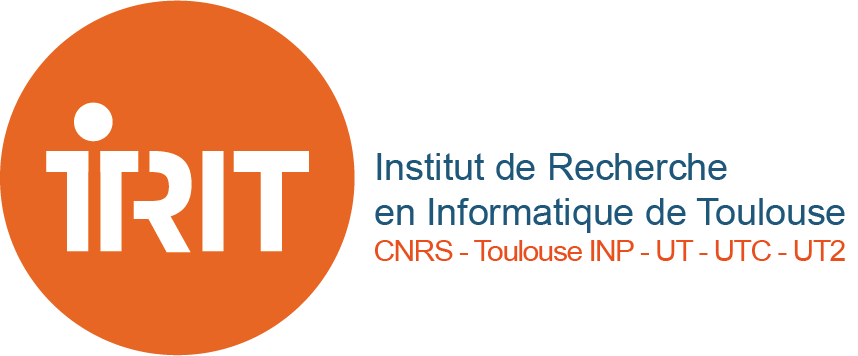Multi-latency look-ahead for streaming speaker segmentation
Résumé
We address the task of streaming speaker diarization and propose several contributions to achieve a better trade-off between latency and accuracy. First, computational latency is reduced to its bare minimum by switching to a causal frame-wise speaker segmentation architecture. Then, a multi-latency look-ahead mechanism is used during training to support adaptive latency during inference at no additional computational cost. Finally, we detail the method used during inference to achieve the final frame-wise segmentation. We evaluate the impact of these contributions on the AMI meeting dataset with a focus on the speaker segmentation step, seen through the prism of voice activity detection, overlapped speech detection and speaker change detection.
| Origine | Fichiers éditeurs autorisés sur une archive ouverte |
|---|

